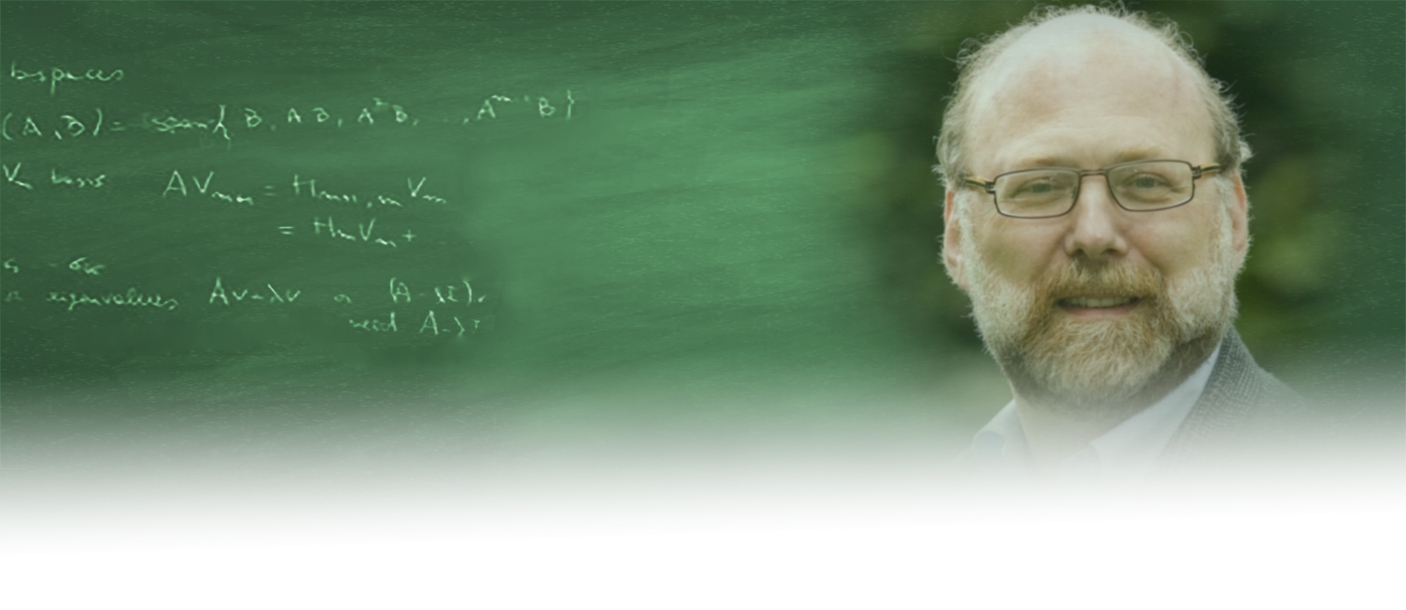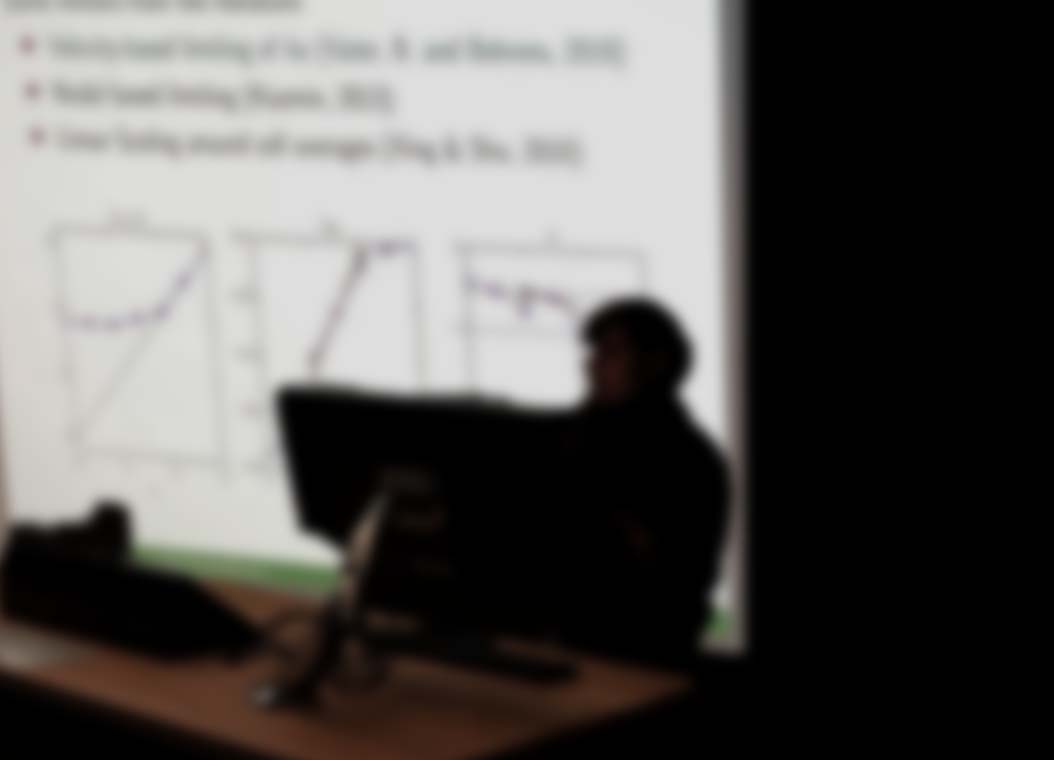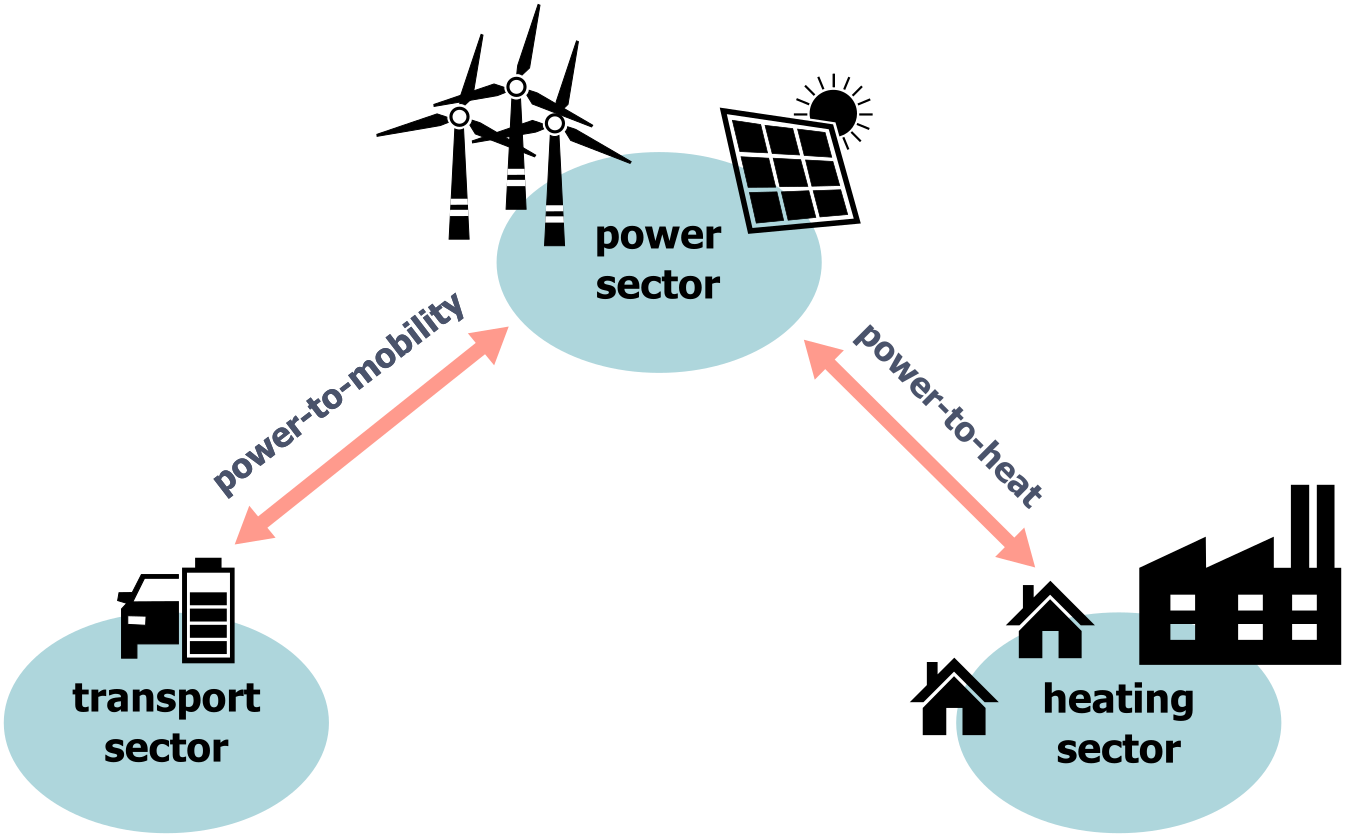
A conference honoring the 65th birthday of Prof. Daniel B. Szyld
March 24-26, 2022

A conference on recent results and new applications of numerical linear algebra and matrix theory will be held in honor of Prof. Daniel B. Szyld on March 24-26 of 2022 at Temple University in Philadelphia, Pennsylvania. The goal of the workshop is to bring together researchers working on both more classical and newer challenges in numerical linear algebra on the occasion of Daniel B. Szyld’s 65th birthday, in order to facilitate discussion among them as well as with computational scientists from cognate disciplines.

There will be an active involvement of early-career researchers and graduate students, building on a tradition at Temple of regular “Mid-Atlantic Numerical Analysis” meetings geared to these groups.

There will be a one-hour public lecture given by Volker Mehrmann from TU Berlin concerning how some recent mathematical and computational advances will have an impact on how we manage large, interconnected infrastructure systems, such as in the energy sector. This is done via the creation of virtual models called digital twins, which replicate every technological product or process.
The schedule is mostly finalized, but there be a last-minute adjustment or two. The conference will last two-and-a-half days: two full days on Thursday and Friday and a half-day on Saturday. There will be blocks of plenary talks separated by coffee breaks. There will be periods for contributed talks, as well. There will also be a public interest lecture. All talks aside from the public lecture will take place in Mitten Hall 250. An annotated Temple University map is also available.
Tamer AldwairiTemple University |
Christopher BeattieVirginia Tech |
Michele BenziScuola Normale Superiore, Pisa, Italy |
Marsha BergerNew York University/Flatiron Institute |
Matthias BoltenBergische Universität Wuppertal |
Susanne BrennerLouisiana State University |
Mingchao CaiMorgan State University |
Daniela CalvettiCase Western ReserveUniversity |
Edmond ChowGeorgia Institute of Technology |
Siobhan CorrentyKTH Royal Institute of Technology |
Froilán DopicoUniversidad Carlos III de Madrid (Spain) |
Andrei DraganescuUniversity of Maryland, Baltimore County |
Howard ElmanUniversity of Maryland |
Mark EmbreeVirginia Tech |
Lisa FauciTulane University |
Andreas FrommerBergische Universität Wuppertal |
Efstratios GallopoulosUniversity of Patras |
Jose GarayLouisiana State University |
Jonathan GoodmanNew York University |
Anne GreenbaumUniversity of Washington |
Chen GreifThe University of British Columbia |
Mohamed Amine HAMADIUniversité de Littoral Côte d'Opale (France). |
Diana HalikiasCornell University |
Mohamed Amine HamadiMohammed VI Polytechnic University & Université du Littoral Côte d'Opale |
Hangjun HeUniversity of Pennsylvania |
Andrew HigginsTemple University |
Tonia HsiehTemple University |
Sara IdressiFST |
Nour KhoudariTemple University |
Isaac KlapperTemple University |
Pilhwa LeeMorgan State University |
Edward LetzterTemple University |
Stephanie LewkiewiczTemple University |
Frederic MagoulesUniversity Paris Saclay, CentraleSupelec, France |
Vahid MahzoonTemple University |
Volker MehrmannTU Berlin |
Victor MollTulane University |
Ron MorganBaylor University |
Yoichiro MoriUniversity of Pennsylvania |
Steve NewmanTemple Universit |
Silvana RamajTemple University |
Lothar ReichelKent State University |
Brian RiderTemple University |
Francois-Henry RouetAnsys, Inc. |
Hassane Sadokuniversité du Littoral côte d'opale, France |
Marcus SarkisWorchester Polytechnic Instittue |
Benjamin SeiboldTemple University |
Tianyi ShiCornell University |
Barry SmithNew York University/Flatiron Institute |
Erkki SomersaloCase Western Reserve University |
Kirk SoodhalterTrinity College Dublin |
Eric de SturlerVirginia Tech |
Li-yeng SungLouisiana State University |
Daniel SzyldTemple University |
Alex TownsendCornell University |
Liz TuckerTemple University |
Judith VogelStockton University |
Olof WidlundNew York University |
Hugo WoerdemanDrexel University |
Jacob WoodsTemple University |
Virginia Tech
Scientific Organizer
University of Maryland
Scientific Organizer
Trinity College Dublin
Scientific Organizer
Temple University
Local Organizer
Temple University
Local Organizer
We look forward to hearing from you!
Philadelphia, PA, USA
ksoodha@maths.tcd.ie
